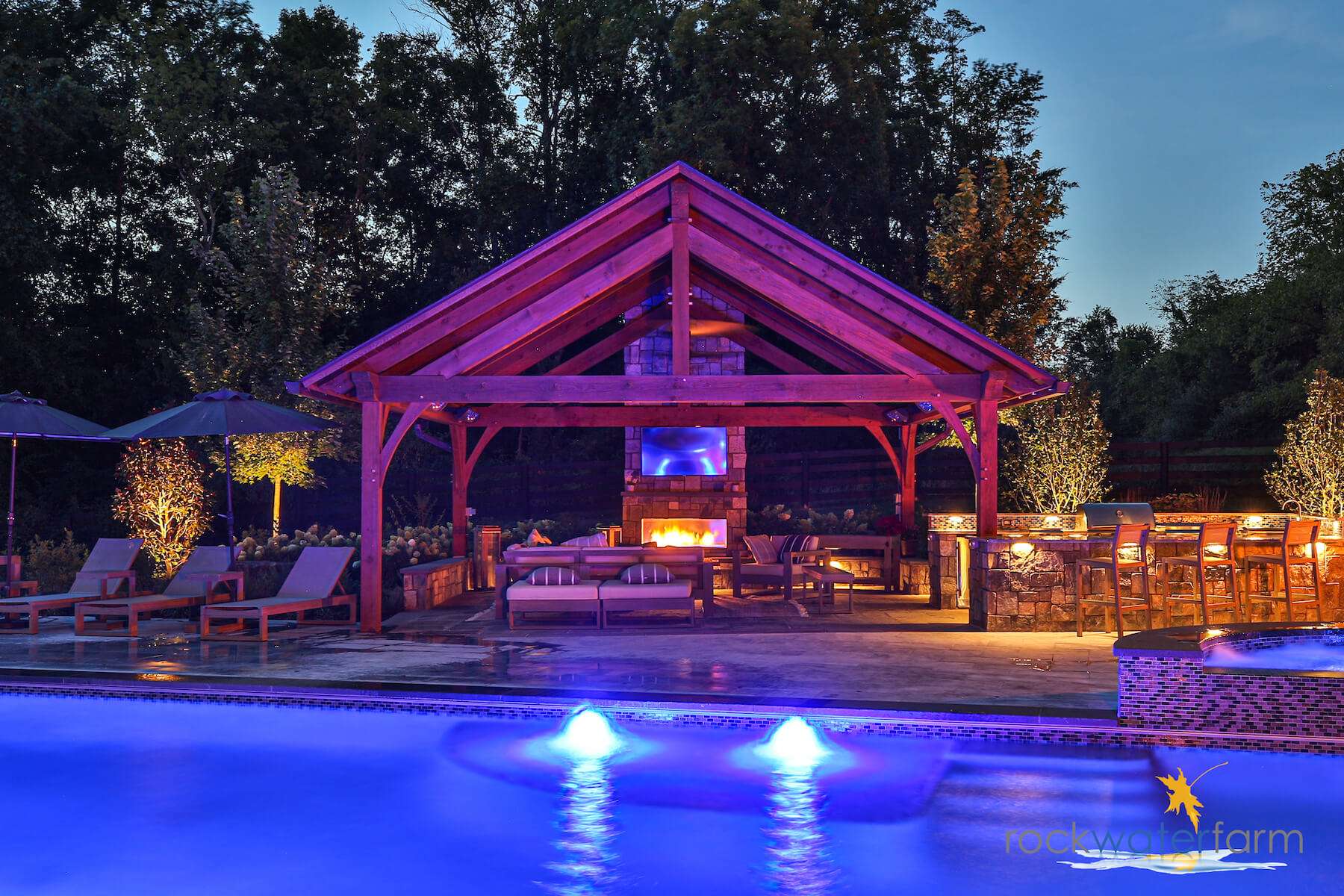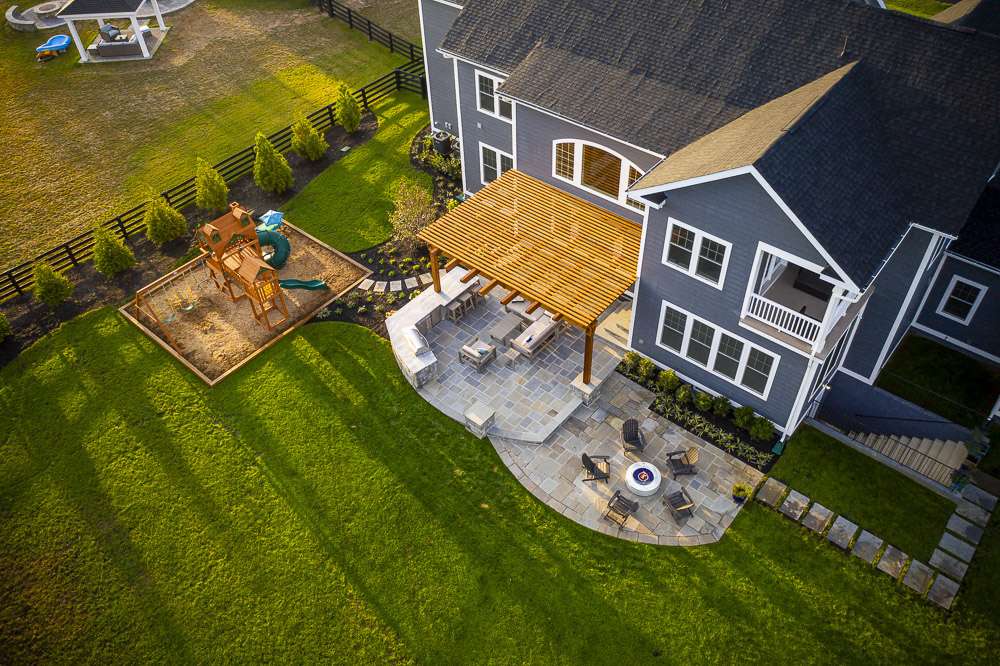You’ve invested in irrigation at your Northern Virginia home because you value a lush lawn and thriving plants. You know that adequate water is of vital importance in achieving that feat and so it’s important to you that your system is operating properly. You may be worried that your sprinkler system might be damaged, cause leaks, or not work properly for the upcoming year. That’s why you may want to know what’s required in order to get your system up and running properly.
Starting your irrigation system in the spring requires going through a number of steps. It’s important to be thorough in the process, as now is the best time to spot problems and make sure they are fixed before the system gets fully underway.
Let’s take a look at what is necessary to get your sprinkler system running.
1) Getting Started with your Irrigation Start-Up Checklist
In the fall, your irrigation system’s petcock (the small shut-off valve that controls the flow of the water) is opened in order to prevent frozen pipes. One of the first things that you need to do on your irrigation start-up checklist is to tighten the petcock in order to prevent drips as you go through and open the shut-off valves.
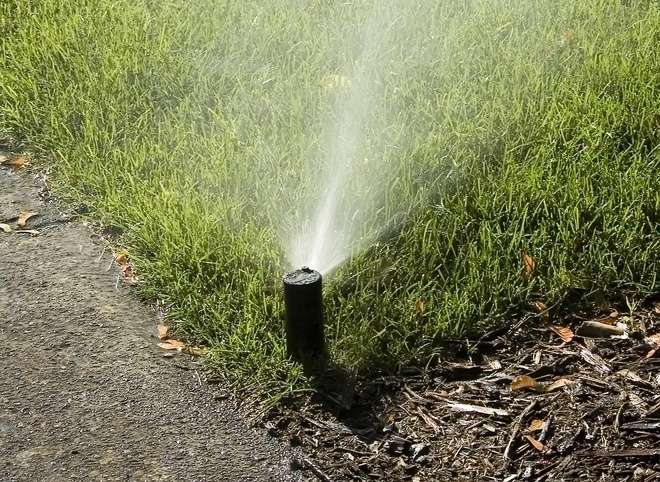
1a) Notes About your Irrigation Backflow Device
If your home has a backflow device, which most in Northern Virginia do, chances are that was removed during winterization. If that’s the case, it will need to be put back together. If this is an unfamiliar process for you, or it was taken off by a professional, you may want to consider an irrigation start-up service to handle it.
It’s also important to note that even if you are handling your sprinkler system start-up on your own, your backflow still must be tested and certified by the county. Therefore, even if you do not hire an irrigation start-up service, you’ll still need to contact a company that offers backflow testing services.
1b) Turning On Your Irrigation
Once you’ve taken care of those items, it’s time to turn on the irrigation system controller. This is likely located in your basement or your garage. During the winterization process, it may have been set to “inactive” or “rain” mode. Switch this to active mode.
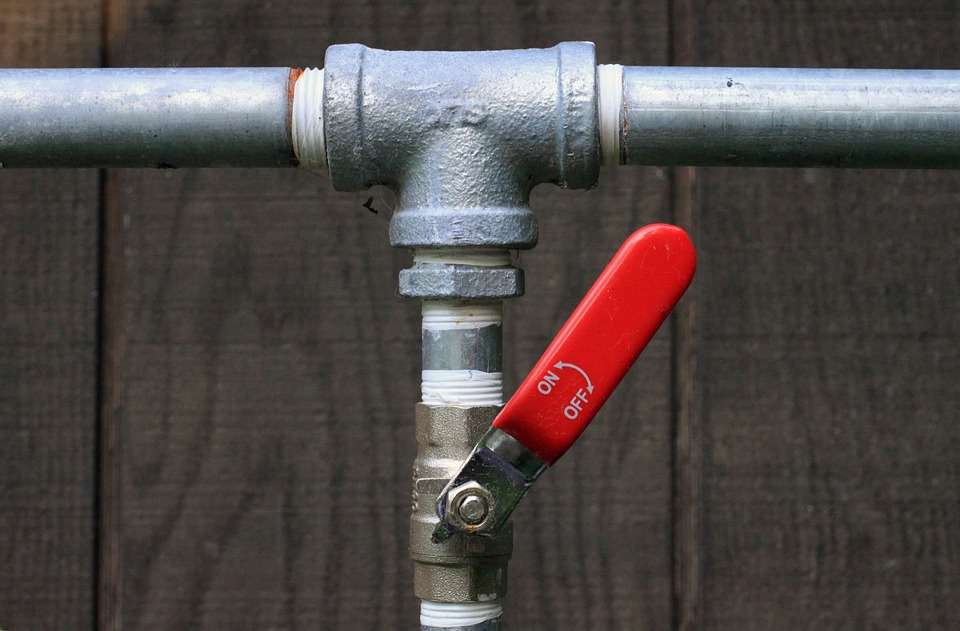
As you go to physically turn on the water to your irrigation system, first check that the cap you removed to drain the pipe during winterization is back in place. As you turn the water on, also check that there are no drips.
It’s important that you turn the water on slowly. That’s because you can cause a “water hammer” by turning it on too quickly. This surge of water can actually rupture fittings or sprinkler heads. Just make sure that you turn your water valve slowly, giving the sprinkler system an opportunity to pressurize properly.
2) Thorough Check of Operations
Now that you have your water running, it’s time to perform an inspection of your irrigation system and how it’s operating. This is a critical step in your irrigation start-up checklist and can literally be the difference between an efficient system and one that is sending money down the drain.
2a) Checking the Coverage
The most important thing that you must do is check the coverage on your sprinkler heads. There are three things to check on your heads, as you ensure that they are working the way that they should.
- Amount: Make sure there is adequate water coming out.
- Location: Make sure the water is going where it’s supposed to go.
- Frequency: Make sure the water is being supplied at the proper frequency.
If any one of these three items is not working properly, it’s going to be detrimental to the effectiveness of your system. It’s not uncommon for a sprinkler rotor to get stuck in one direction and not be turning, or for something to have gone wrong with the water pressure over the winter. It’s important that you check that everything is in working order so that you aren’t wasting water or watering your property ineffectively.
2b) Checking the Sprinkler Head Filters
In addition to checking the coverage of the spray heads, you should also check their filters. Each spray head has a filter that requires cleaning. This can be done by opening up the valve and letting the debris out. Then re-adjust it to be back in line with its coverage area.
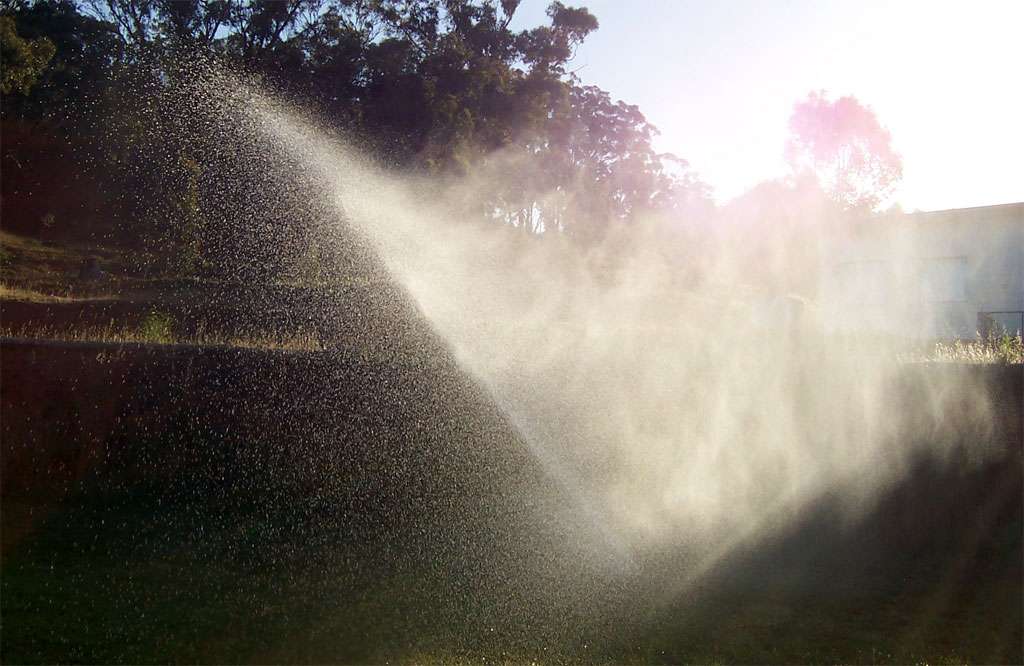
2c) Checking the Irrigation Timer
The control timer for your irrigation system should also be inspected. Go through each zone and make sure it did not lose programming over the winter. It’s quite possible that you may need to do some re-programming. Let the system run for at least two minutes in each zone to observe its performance.
Regardless of how it performs, the spring is also a great time to replace any nine-volt backup battery. The nine-volt battery is there for backup purposes. Should you lose power to your home, your system will not be interrupted. But it’s prudent to be sure you’re starting the season out with a fresh battery so that you don’t lose any programming during the active season.
If your sprinkler system has a weather sensor, now is also the time to uncover and clean that device in order to ensure it continues working properly throughout the season.
A Note About Timing: When Should I Start my Irrigation System?
Typically, most homeowners in Northern Virginia are starting their irrigation systems in April or May. But this is entirely weather dependent. It’s important to take a look at the forecast and see what is projected for the coming weeks. If there are going to be freezing temperatures in the future, then you should hold off on starting your irrigation system.
3) Finding Irrigation Services If Needed
We know there are a lot of steps involved in starting up your sprinkler system. While they are relatively simple, you may be concerned about missing something or you might just want a professional eye to go over your system and ensure that it’s all operating properly.
If that’s the case, you might feel more comfortable with a professional irrigation start-up service, rather than doing it on your own. Having a professional handle the irrigation start-up checklist will help you feel confident that everything was done properly and that your system is operating correctly.
Finding an Irrigation Company to Handle Your System Start-up
At Rock Water Farm, we are equipped to work with you on a variety of irrigation needs including start-up services, basic maintenance throughout the season, and winterization of the system in the fall. Rather than worrying about doing it yourself, you can trust these irrigation services to us in order to ensure that they’re handled properly.
After all, you’ve already invested a lot in your system, it’s worth investing just a little bit more to ensure it’s running properly. The pay off will come in the form of a lush green lawn that is the envy of the neighborhood.
If you’re looking for a reliable company that can handle the irrigation start-up services for your Ashburn, Aldie, or Leesburg, VA home, then request a free consultation and let us take it from there.
Image Sources: sprinkler




%20Facebook%202025-03-17%20at%201.11.44%20PM.jpg)
